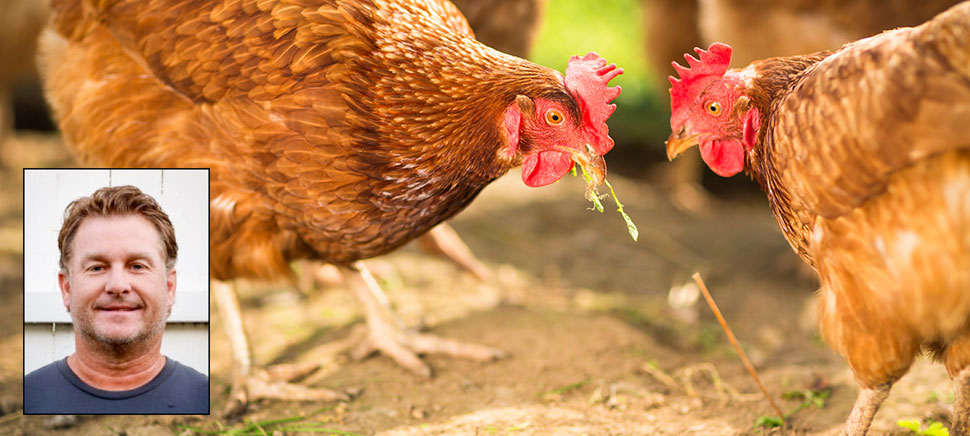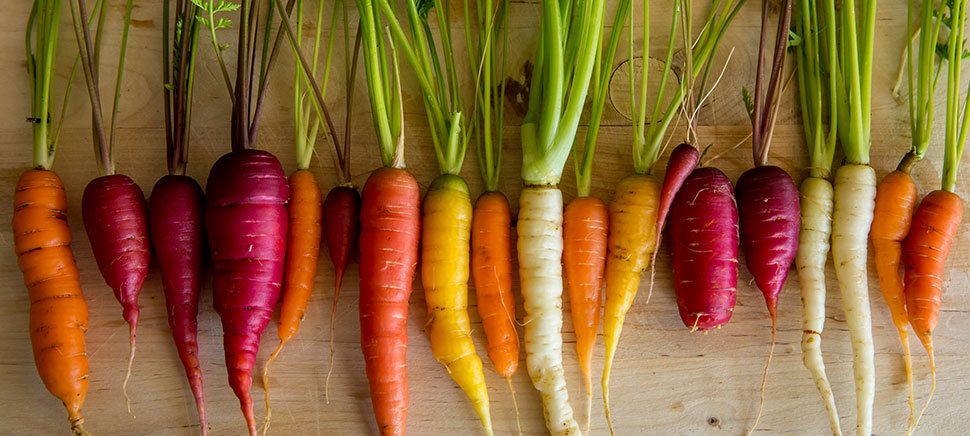The crusade to bring healthy, nutritious food to under-served areas of Dallas has come a long way in five years.
“When I started talking about community assistance, I literally got blank looks from others in the nonprofit world,” said Susie Marshall, executive director of Grow North Texas. “It was not anything that was on anybody’s radar.”
From 2011 to 2016, community gardens have popped up all over Dallas at middle schools, farmers markets and elsewhere.
But there’s still a lot of work to do. It will take innovation and outside-the-box thinking to truly solve the food accessibility issues in the poorest areas of Dallas.
That was the general consensus at the Local Foods, Local Places seminar this week at Dallas City Hall. Dallas was selected as one of 27 cities nationwide to receive a technical assistance grant from the Local Foods, Local Places program, a joint partnership with the Environmental Protection Agency and several other government agencies.
EPA GATHER INPUT, LISTENS TO CONCERNS
About 340 cities nationwide applied for the grant.
This week’s seminar was a chance for the EPA to gather input and listen to concerns from Dallas residents.
They spent four hours visiting community gardens across Dallas.
But there are also challenges.
There are physical barriers, where the grocery store is too far way, economic barriers, where the food costs too much, and cultural barriers, where people don’t understand or don’t know how to cook.
Ilithia Morris has a bold plan to infiltrate the food deserts in Dallas Fair Park with a mobile food market. Her organization, called Dallas Fair Park Food Association Inc., is seeking funding for the truck, which would primarily serve the elderly and children in her community.
But it’s not just about bringing tomatoes and carrots to places where there are no nearby grocery stores. She wants to make videos that show the proper way to prepare the food so people get the most out of it. That would also be part of the truck.
She envisions the mobile market parking outside of hospitals and providing prepackaged “food subscriptions” to diabetes patients so they will have access to healthier food.
BREAKING THE FAST-FOOD ALTERNATIVE
The goal is to solve many of the problems that prevent residents in under-served areas from eating fruits and vegetables. The only alternative is to eat fast food, which is often plentiful in those areas.
Chris Freda, an urban planner with Sasaki Associates Inc., based in Massachusetts, said the shift to locally produced food benefits the economy, cuts down on greenhouse gasses and provides other benefits to the city.
On average, food travels 1,500 miles from farm to table, meaning it’s traveled halfway across the country. That takes enormous amounts of fossil fuels. Then consider that 40 percent of produce purchased from the store ends up in a landfill.
He added that when you spend $100 at a local business, about $68 stays in the community. Doing the same at a non-local business only returns about $43 back into the city.
The seminar concluded with the audience talking about the biggest challenges they see related to food in under-served areas.
Participants talked about the divide they see south of Interstate 30 and the lack of investment by businesses in that region. For those who are trying to grow community gardens, access to compost would really help.
Hydroponic organic gardening is another way that technology is helping to grow locally sourced food in warehouses. One Dallas startup, Flux Farm Inc., has developed an artificial intelligence system that helps indoor water farms maximize food production with proper watering and nutrients.
READ MORE
Urban Farming Is in Full Bloom Thanks to One Couple
Bonton Farms Director Cultivates a Community
Chickens Bring New Life to Bonton Farms Extension

Bonton Farms Director Daron Babcock says Bonton has zero grocery stores, and its residents have a 300% higher death rate from diabetes than Dallas County. For more on how he is hoping to make a difference in people’s lives, go here. [Photos: ViktorCap via iStock, The Grove]
For a daily dose of what’s new and next in Dallas-Fort Worth innovation, subscribe to our Dallas Innovates e-newsletter.











![Pudu offers many commercial service robots. Free 1-week trials of the PuduBot food delivery robot (far right above) are being offered to Dallas restaurants for a limited time. [Image: Pudu Robotics]](https://s24806.pcdn.co/wp-content/uploads/2021/11/Pudu-Robotics-970x464.jpg)





















































